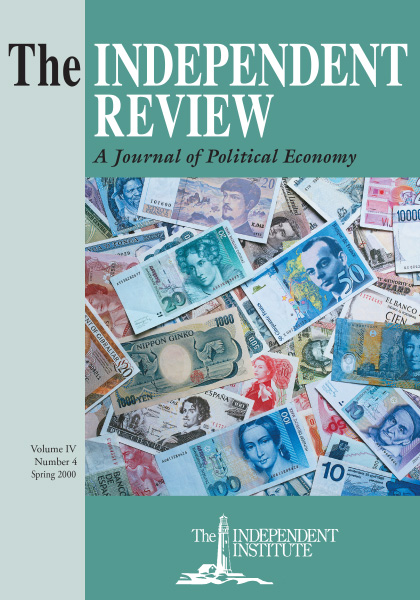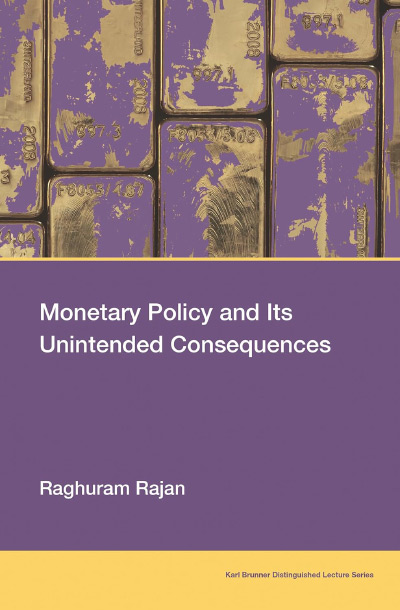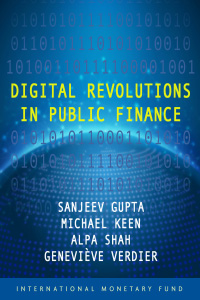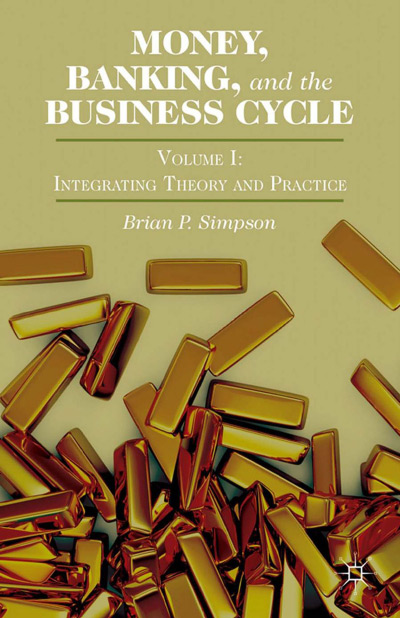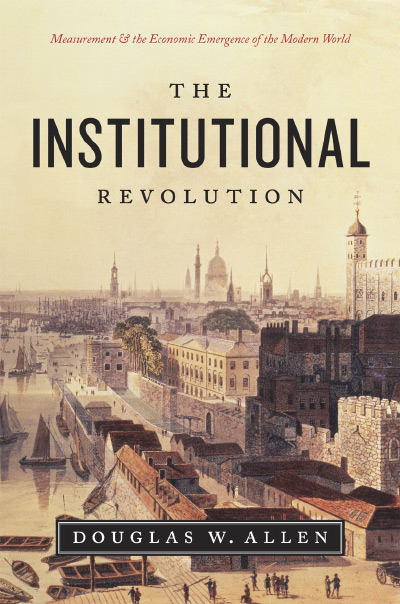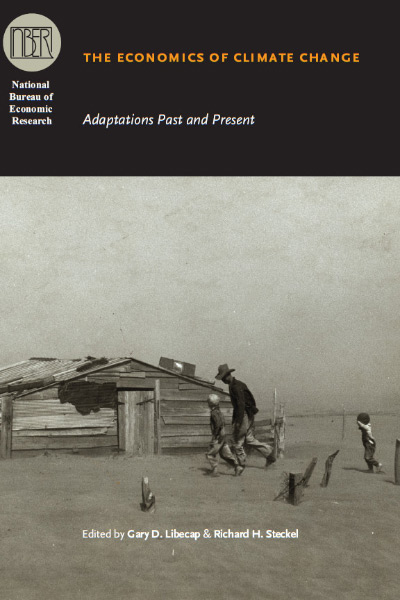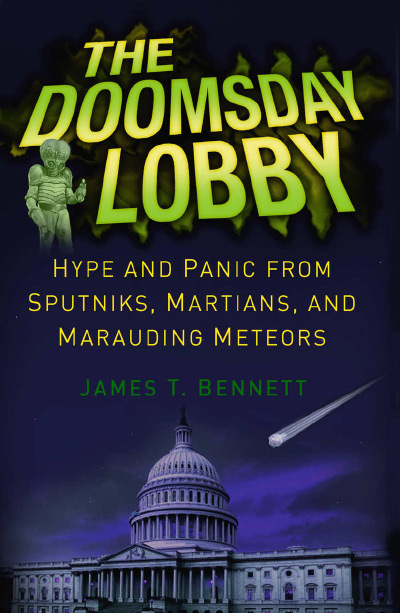An expanded version of the Ohlin Memorial Lectures at the Stockholm School of Economics in 1995, Unintended Consequences reads like a book-length recipe. In the first chapter the ingredients are set forth, in the main body of the book they are mysteriously mixed, and at the end, out comes the cake. Just as the oven hides the baking process of the cake, most readers will not quite know how the book’s conclusions were reached.
The author begins by setting forth the building blocks of a theory of long-run economic performance, without explicitly stating that theory. Although the lectures supply delightful reading on differences among civilizations the world over, comparing East and West, they lack a coherent theoretical underpinning. In the appendix, the author declares that “four theoretical models underlie the argument of these lectures: the Boserup model [of growth based on population], the model of the predatory state from Lal (1968), the model of dual preferences from Kuran (1995), and the model of an economy where land is abundant and labor scarce (due to Domar 1970).” The multiplicity of the models is both the strength and the weakness of the book: its strength because the author can build on all of them; its weakness because he does not knit them together adequately to form a coherent theory of economic development. The lectures ramble from one topic to another, each one fascinating in its own right, but without much integration.
In the first chapter (lecture), Lal sets forth two main building blocks of long-run economic performance: relative factor endowments and culture. He first defines culture by quoting others: “A culture is a distinct way of doing things that characterizes a community” (Ernest Gellner), and “culture underpins the ‘rules of the game’ in any society, and provides the informal constraints on human interaction” (Douglass C. North) (p. 6). He then quotes Frank Hahn in describing “an equilibrium state as one where self-seeking agents learn nothing new so that their behavior is routinized” (p. 7). But if the environment changes, human agents will have to adapt. Lal distinguishes two major sorts of human beliefs concerning the environment: the material culture, or the beliefs related to making a living, and the cosmological culture, or the beliefs related to how people view their lives. It is in relation to different variations of these beliefs that change is explained. Different kinds of equilibria form the building blocks, according to how quickly they adapt. Market equilibrium adapts the quickest; equilibrium in material beliefs comes next; and the evolutionary equilibrium associated with the “selfish gene” takes the longest time.
In the latter, transmitted cosmological beliefs are “described as communalist—promoting ‘brotherly love’ among self-seeking opportunists.” However, in this evolution the West has turned out to be more individualist than the rest. “Why and how this change took place and with what consequences” is a major part of the story. However, Lal is better at describing the changes and relating them to his principal ingredients than he is at explaining how those principal ingredients occurred in the first place.
He then announces that emotions, most importantly shame and guilt, serve as the principal socializing devices. Also, “materialist explanations outperform the idealist” (14). Although “both material and cosmological beliefs will govern human action” (15), material culture changes quickly but cosmological culture slowly.
Lal ends the first lecture (chapter) by explaining that “a universal feature of politics is the ubiquitous predatoriness of the State” (p. 16), but he argues that “any State, no matter how tyrannical and predatory, must be based on some general acceptance by the populace of its legitimacy” (p. 17).
In the remaining lectures, the author leads us through explanations of the social and religious systems, the cosmological beliefs, the material factors, the politics, law, society, and economy of Egypt, Mesopotamia, Judea, India, China, and Islam, which he then contrasts with the West. The development of individualism is the key to the West’s economic advantage over the other areas. However, he does not specifically say what caused the West to have this advantage. I was particularly disappointed here, because I believe I have set forth a theory to explain that development (in Centuries of Economic Endeavor [Ann Arbor: University of Michigan Press, 1994]), which would have been useful to Lal, but he makes no reference to it.
Lal explains the rise of individualism in the West largely through the evolution of Christianity, beginning with St. Augustine’s City of God. Shame and guilt are principal building blocks in the economies of the West. Those economies he contrasts with the dirigisme and ultimate reform in China and India. His references to the “miracle” economies of East Asia were apparently written before the East Asian financial collapse, which he did not foresee.
Although Lal refers to “unintended consequences” at various points in the book, the biggest unintended consequence is that individualism led to the welfare state. “But individualism has paradoxically undermined the very cement of the prosperous societies it created. . . . The growing failure of Western states to provide the most basic of public goodsguaranteeing their citizens’ safetyis eroding their legitimacy, but it need not dissipate the economic vigor of the West” (p. 176).
The thesis of unintended consequences is summed up in the penultimate paragraph of the book:
The concomitant unleashing of the instinct based on the economic principle has played an important part in promoting economic growth. This is a lesson all civilizations have now learned. But the unleashing of the other passions was a contingent and unintended consequence of the development of Western cosmological beliefs that grew from the papal revolutions. They have destroyed both the novel (guilt) and traditional (shame) cements of Western societies.
In sum, this book constitutes a pleasurable window into the mind of a great thinker, who jumps from one theme to another as if they are all clear in his own mind. But the links may not be readily perceived by the ordinary intellectual.

